Letter from Paris
The idea of visiting Paris in January to see six exhibitions and two repeats in five days may seem excessive to some people, but Paris’s museum offerings this northern winter were so impressive it was impossible to resist. At Frank Gehry’s lofty Fondation Louis Vuitton, hordes lined up, day and night, in temperatures of five below, to see Icons of Modern Art: The Shchukin Collection from Russia. It was much the same at the Centre Pompidou, which, happily, is celebrating its fortieth anniversary this year with huge retrospectives of Cy Twombly and René Magritte, fifty exhibitions and performances in forty French cities, and its single outpost, Malaga. Architects Renzo Piano and Richard Rogers, thirty-somethings when they designed the Pompidou, are now international icons.
Continue reading for only $10 per month. Subscribe and gain full access to Australian Book Review. Already a subscriber? Sign in. If you need assistance, feel free to contact us.


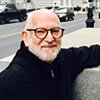
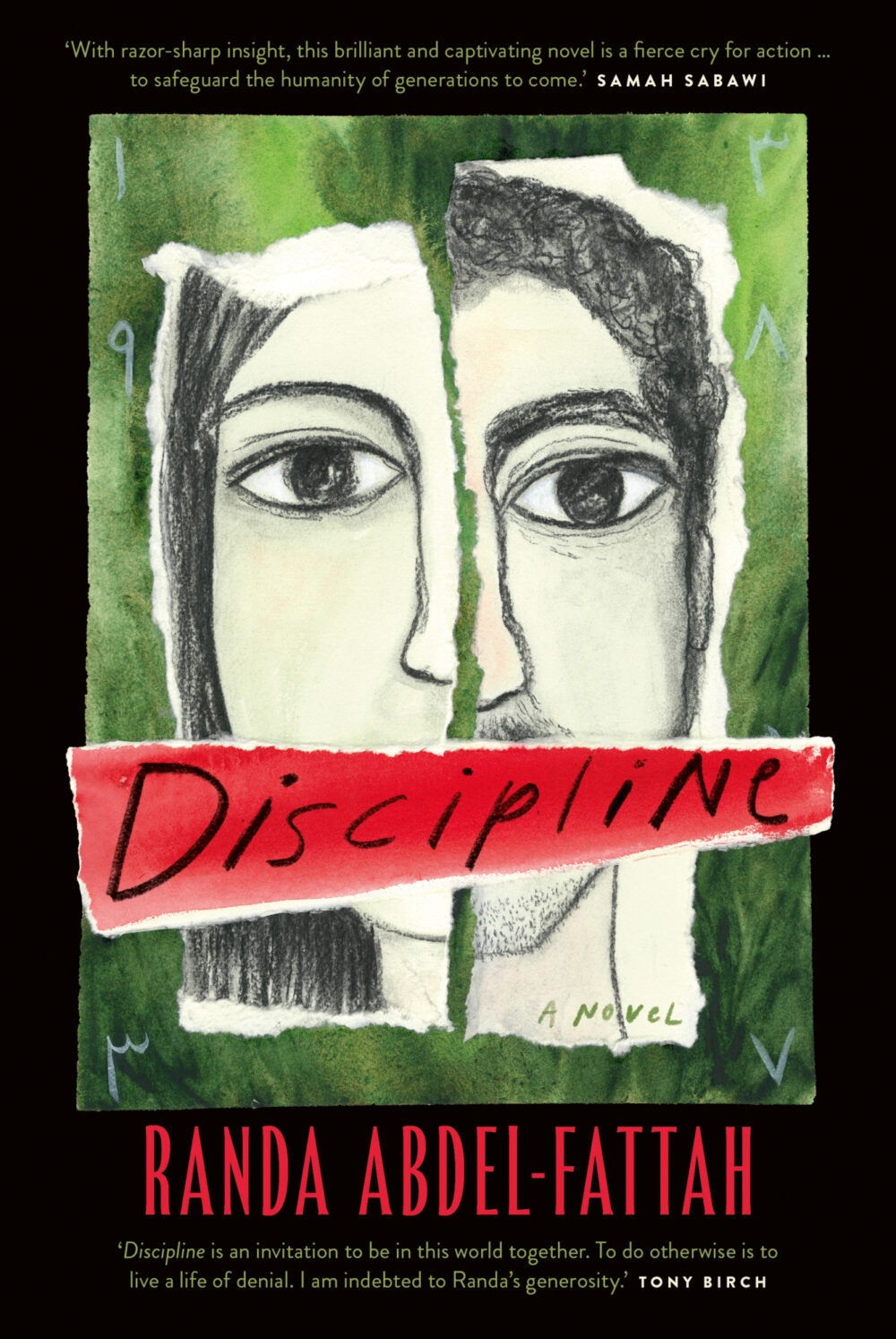
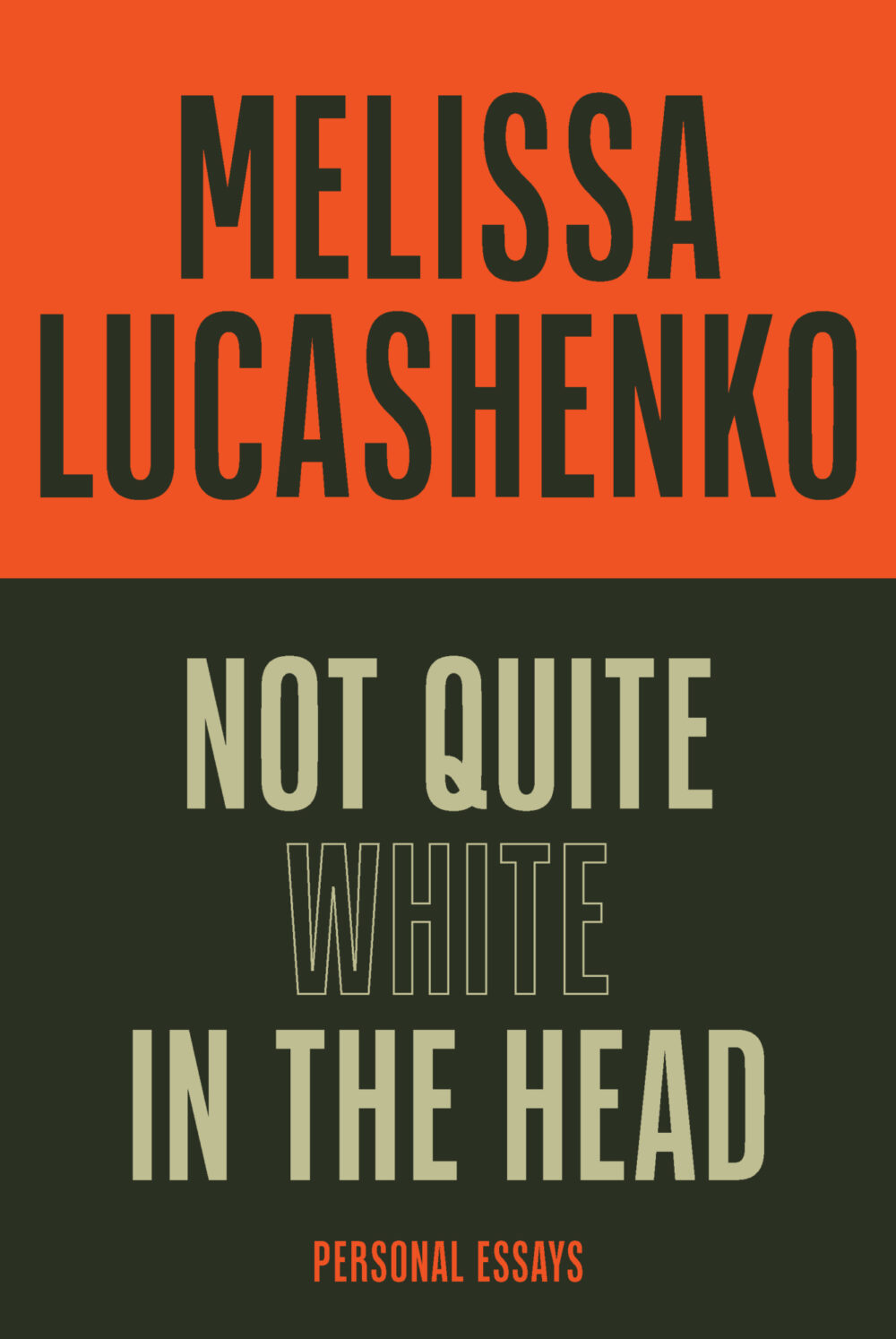
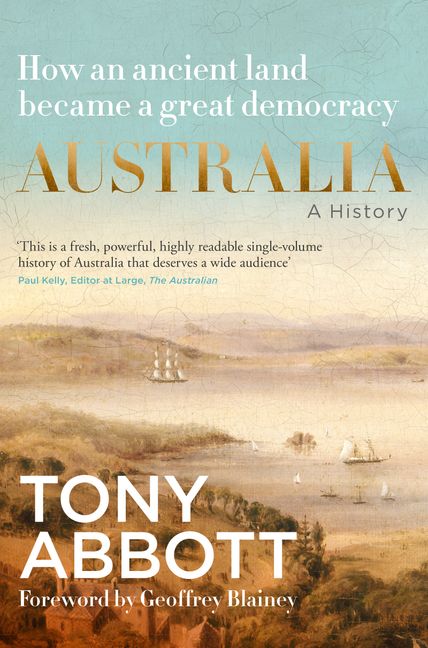
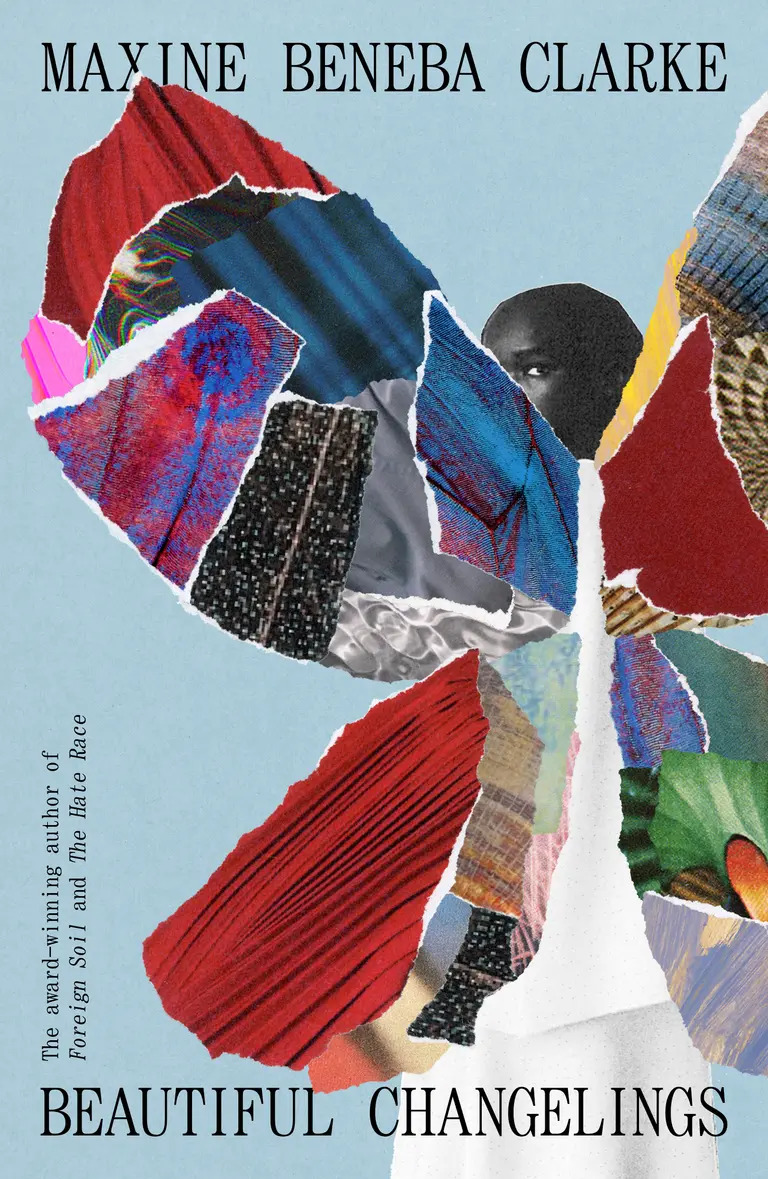
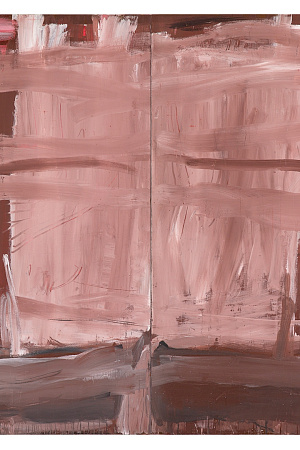
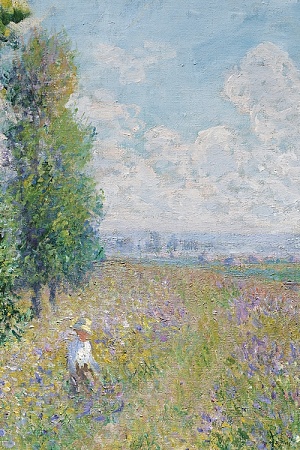

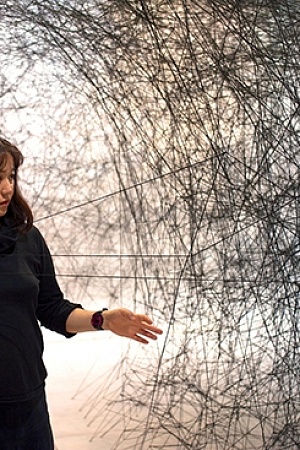
Leave a comment
If you are an ABR subscriber, you will need to sign in to post a comment.
If you have forgotten your sign in details, or if you receive an error message when trying to submit your comment, please email your comment (and the name of the article to which it relates) to ABR Comments. We will review your comment and, subject to approval, we will post it under your name.
Please note that all comments must be approved by ABR and comply with our Terms & Conditions.